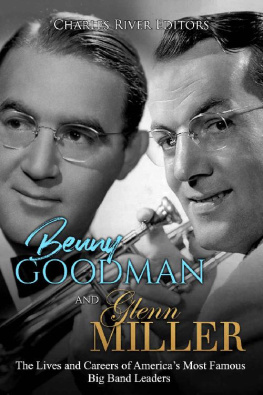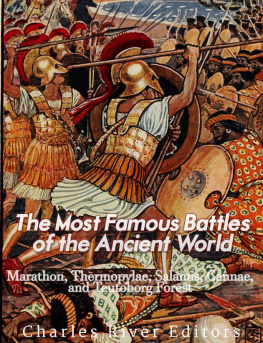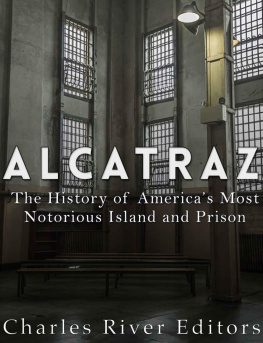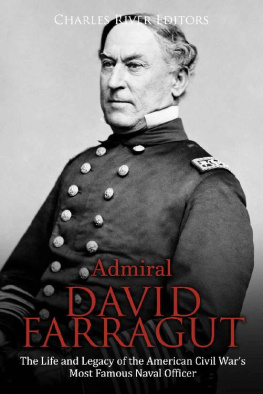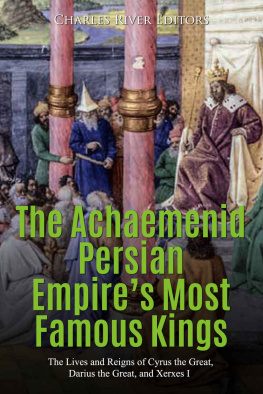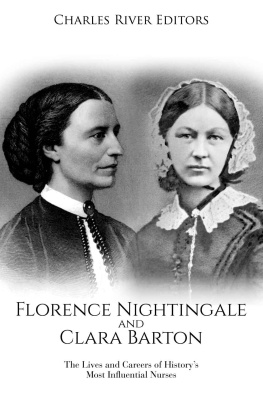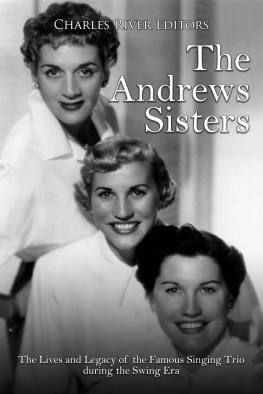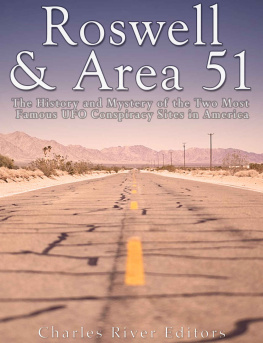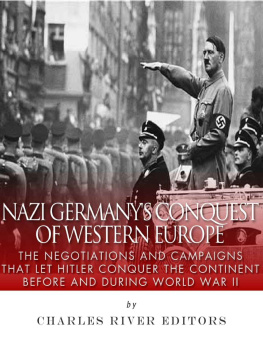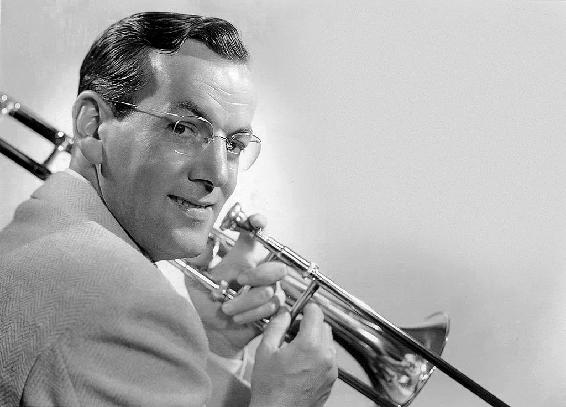Charles River Editors - Benny Goodman and Glenn Miller: The Lives and Careers of America’s Most Famous Big Band Leaders
Here you can read online Charles River Editors - Benny Goodman and Glenn Miller: The Lives and Careers of America’s Most Famous Big Band Leaders full text of the book (entire story) in english for free. Download pdf and epub, get meaning, cover and reviews about this ebook. year: 2019, publisher: Independently Published, genre: Non-fiction / History. Description of the work, (preface) as well as reviews are available. Best literature library LitArk.com created for fans of good reading and offers a wide selection of genres:
Romance novel
Science fiction
Adventure
Detective
Science
History
Home and family
Prose
Art
Politics
Computer
Non-fiction
Religion
Business
Children
Humor
Choose a favorite category and find really read worthwhile books. Enjoy immersion in the world of imagination, feel the emotions of the characters or learn something new for yourself, make an fascinating discovery.
- Book:Benny Goodman and Glenn Miller: The Lives and Careers of America’s Most Famous Big Band Leaders
- Author:
- Publisher:Independently Published
- Genre:
- Year:2019
- Rating:3 / 5
- Favourites:Add to favourites
- Your mark:
Benny Goodman and Glenn Miller: The Lives and Careers of America’s Most Famous Big Band Leaders: summary, description and annotation
We offer to read an annotation, description, summary or preface (depends on what the author of the book "Benny Goodman and Glenn Miller: The Lives and Careers of America’s Most Famous Big Band Leaders" wrote himself). If you haven't found the necessary information about the book — write in the comments, we will try to find it.
*Includes a bibliography for further reading
Sprightly swing music spills across the dimly lit club. The grayish curtains of cigarette smoke part every once in a while to reveal a sparkling stage and tables upon tables of patrons, some incurably inebriated and others high on the fast-paced nightlife. Fabulous flappers in shimmery cocktail dresses and stylish feather headbands throw their hands up and stomp their feet to the addictive beat on the dance floor. Smartly dressed men, their hair neatly parted and slicked back, toss fistfuls of dice onto the plush green baize of the craps tables. Some hover over roulette wheels, staring intently at the spinning flashes of silver, while others finger their playing cards as they sip on tumblers of whiskey, eyeing both the river and the tower of tokens next to them.
Frisky tunes, chic fashion, and American gambling are nostalgic, rose-tinted images most choose to project when visualizing the Roaring Twenties, but the other side of the coin brought an uninviting, much harsher reality that most would prefer to sweep under the rug. The first real estate bubble was on the brink of bursting, and progress was evident, but painfully slow, which gave way to yet another era of violent riots, lynchings, and other forms of oppression imposed on minorities.
When the phrase the King is used in the context of American music, most people think of Elvis Presley, but Presley was just a baby when the title was first conferred upon Benny Goodman as the King of Swing in 1935. The Swing Era was a magical period in American history between the hedonism of the Roaring Twenties and the rebelliousness sparked by rock music beginning in the 1950s. Swing music was rooted in ragtime, blues, and jazz music that had long been popular in African American enclaves in Chicago, St. Louis, Kansas City, and New Orleans. Swing took the entire nation by storm thanks in large part to Benny Goodman and his bands, earning Goodman the nearly undisputed title of the King of Swing. Apart from a few hiatuses to tend his health and his growing family, Goodman remained a consistently active musician literally right up until his death in 1986 at the age of 77. Somewhat fittingly, he died in his study with his clarinet next to him and a Brahms sonata on a music stand nearby.
Though it may be hard to fathom in the wake of Elvis Presley and popular rock bands like the Beatles, the early 20th century featured a burgeoning music sales industry that was dominated in ways that nobody would ever reach again, including the Fab 4. While Elvis and the Beatles had a combined 71 Top 10 hits over their lengthy careers, Glenn Miller had 16 records reach #1, and he compiled 69 Top 10 hits, all in the span of four years before he had turned 40. Like any music pioneer, Miller and his band were often criticized for not being true to the roots of the music they performed, even as they perfected a sound that captivated the country. In short order, Miller and his music influenced legends ranging from Benny Goodman to Louis Armstrong.
Miller was the most popular big band leader in the United States when he walked away from his orchestra to enlist in the U.S. Army. World War II was raging, and Miller was determined to fulfill his patriotic duty, so he assembled a military orchestra to give fellow American servicemen a little taste of the homes they were missing. While based in the United Kingdom in 1944, the military orchestra was granted clearance to perform in Paris, which had been liberated from the Nazis just months before.
December 2019 marks the 75th anniversary of Millers disappearance, which remains among the greatest aviation mysteries of all time. What really happened on that bleak December day, and why do so many people still care?
Charles River Editors: author's other books
Who wrote Benny Goodman and Glenn Miller: The Lives and Careers of America’s Most Famous Big Band Leaders? Find out the surname, the name of the author of the book and a list of all author's works by series.

